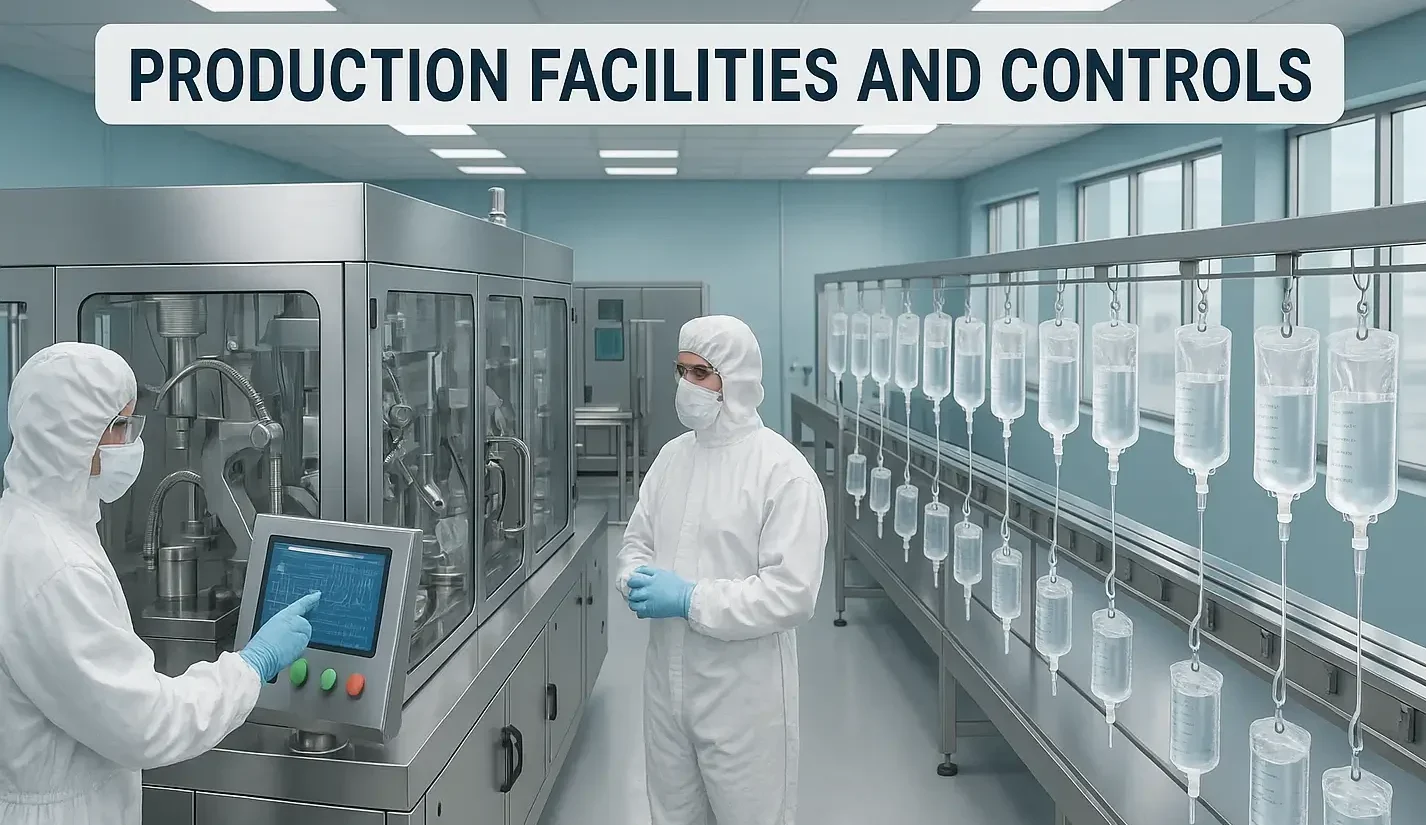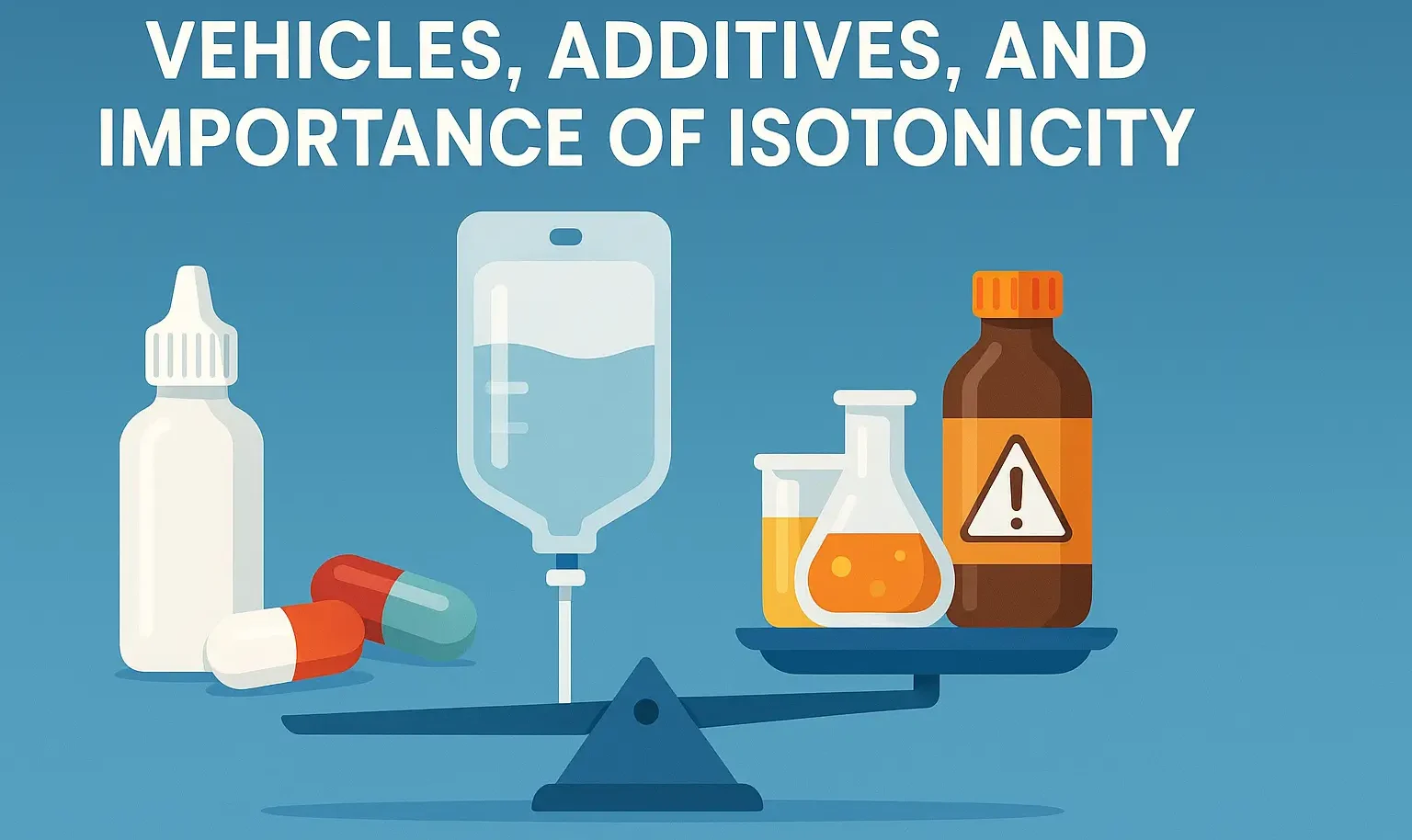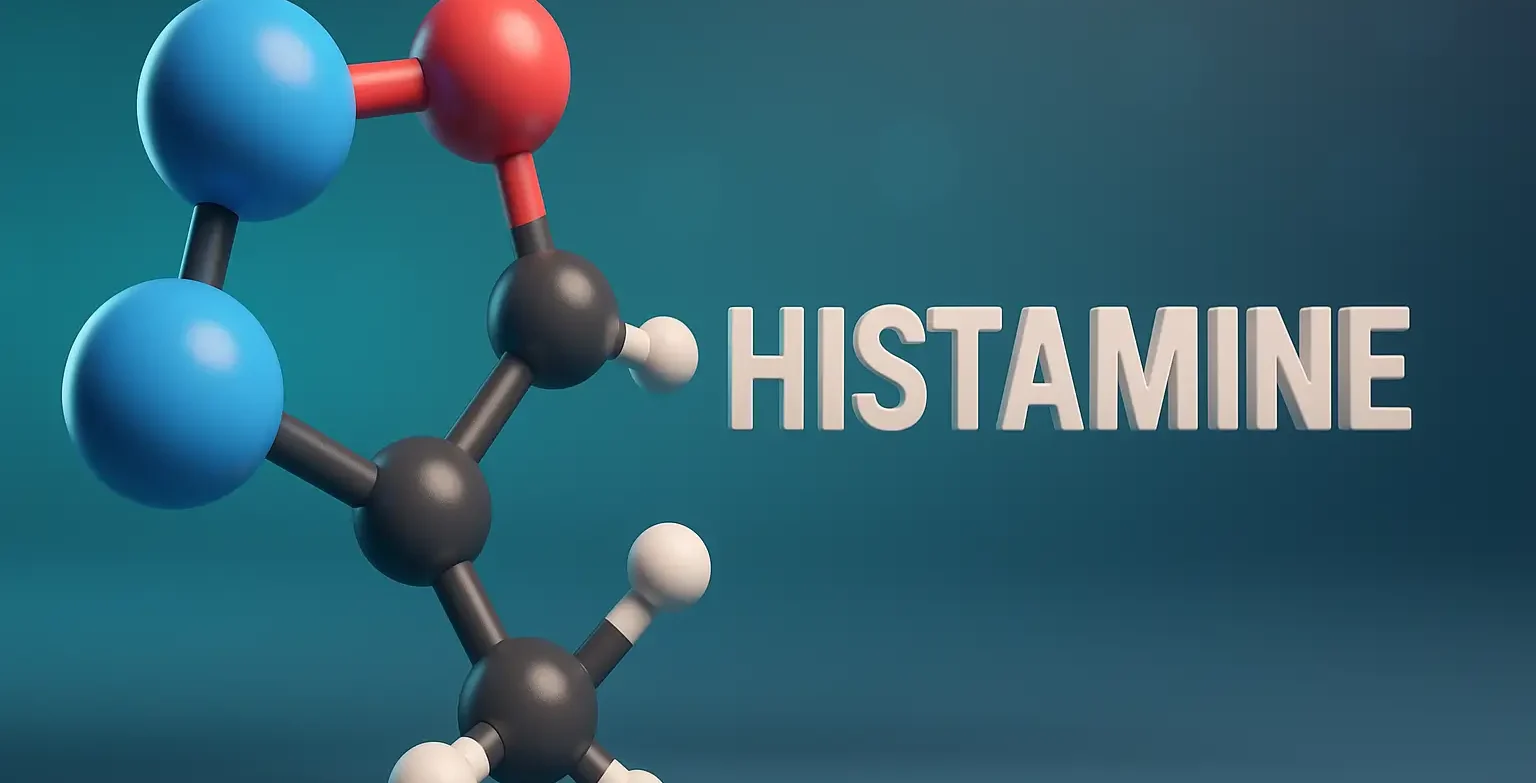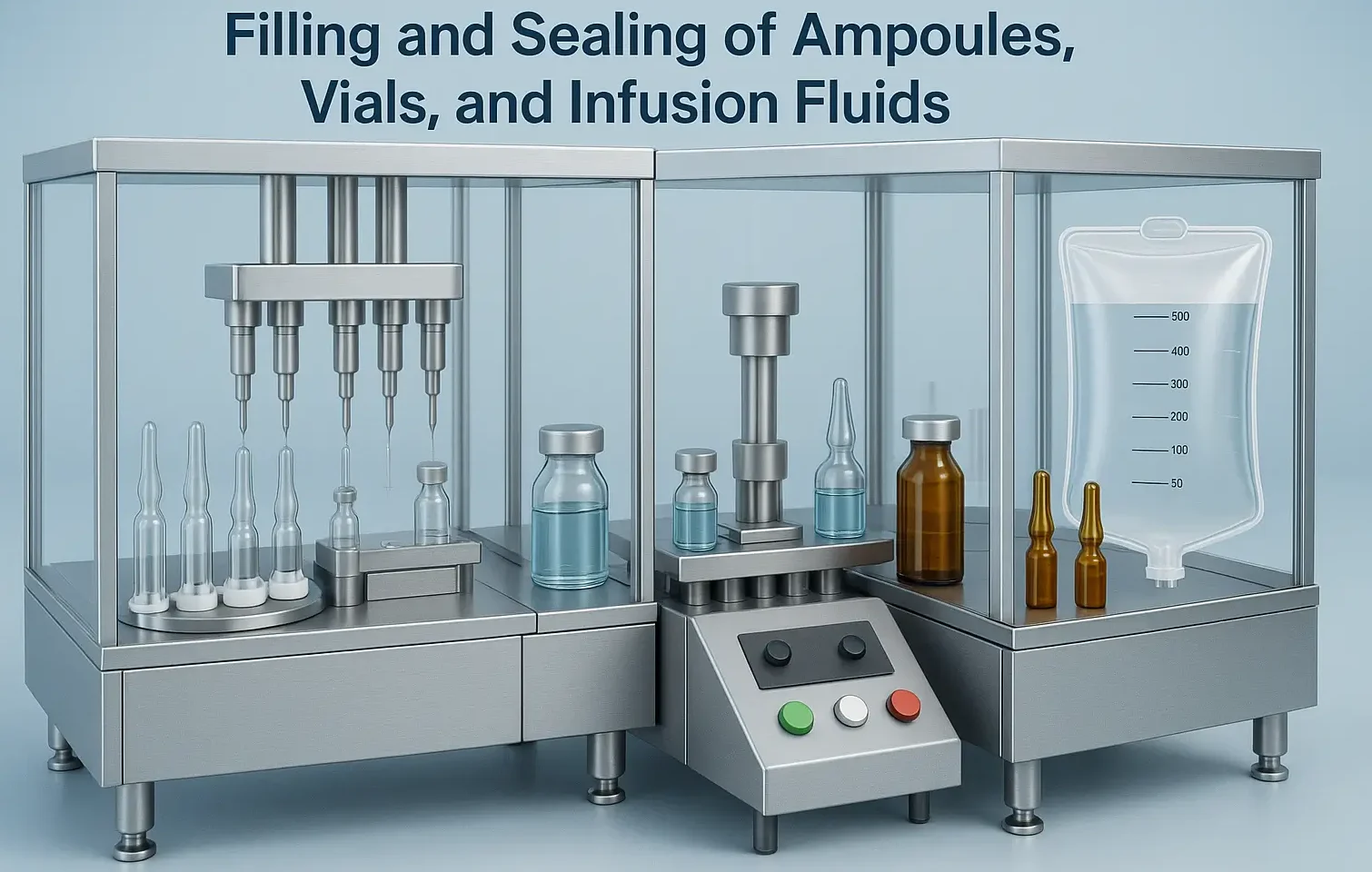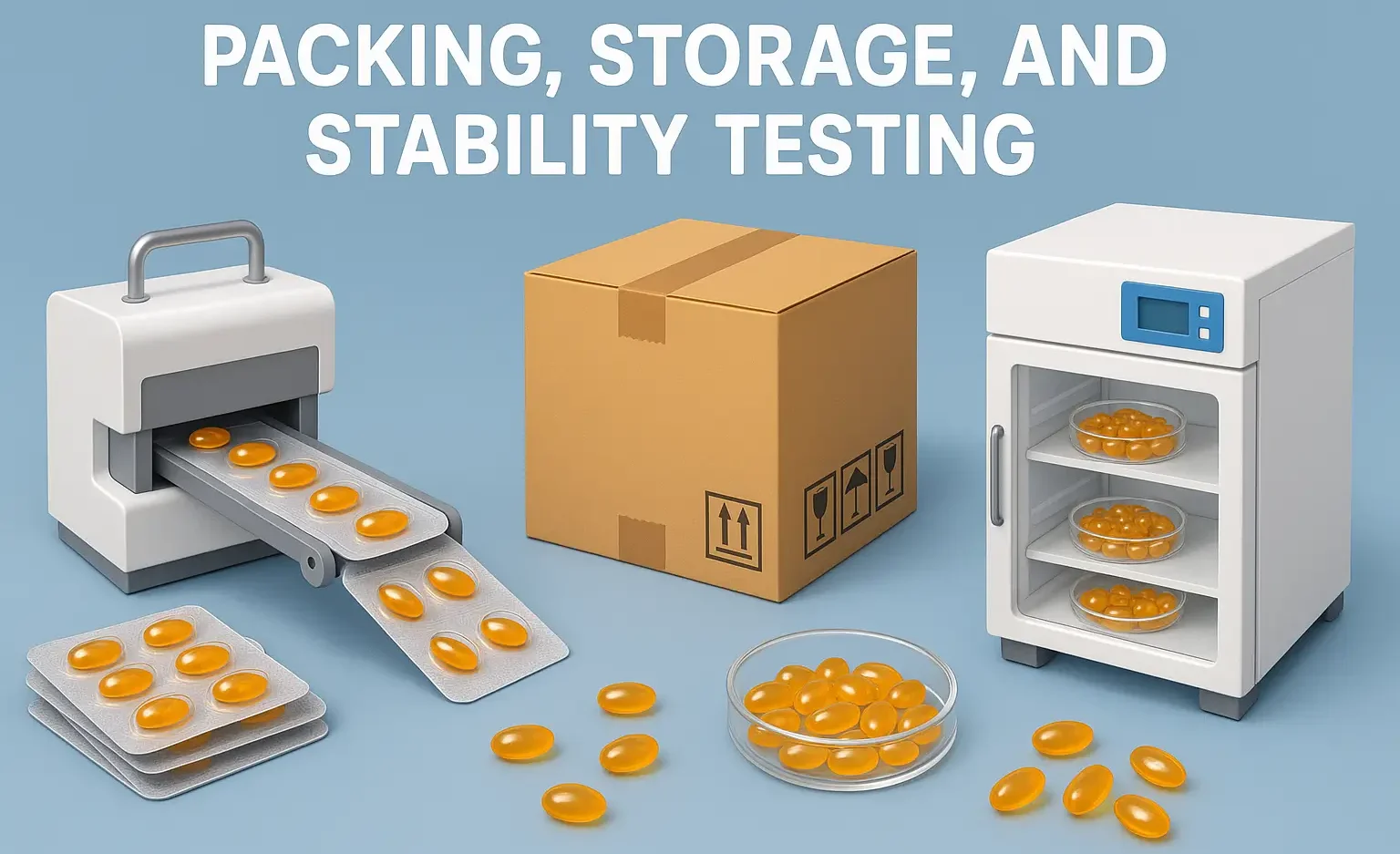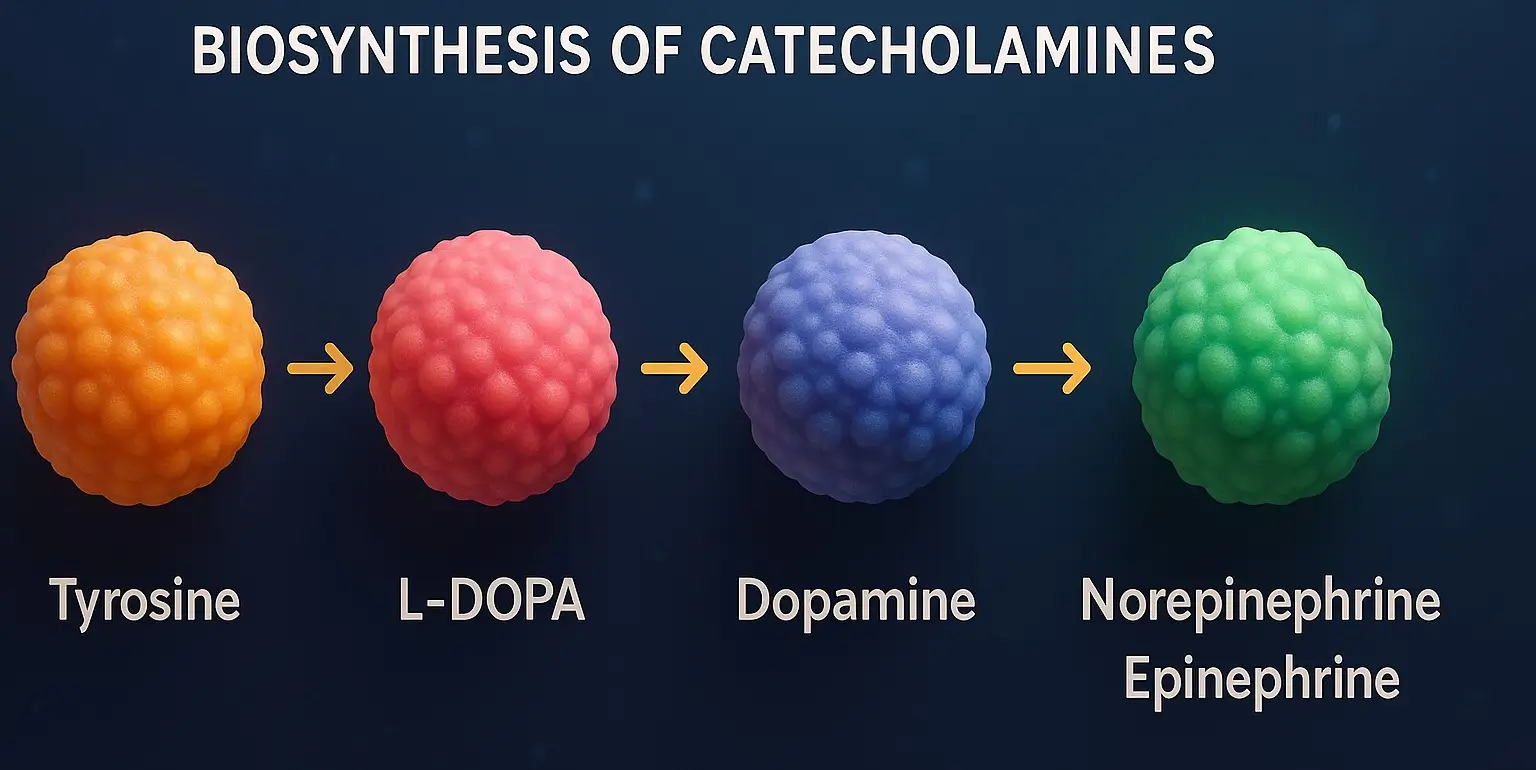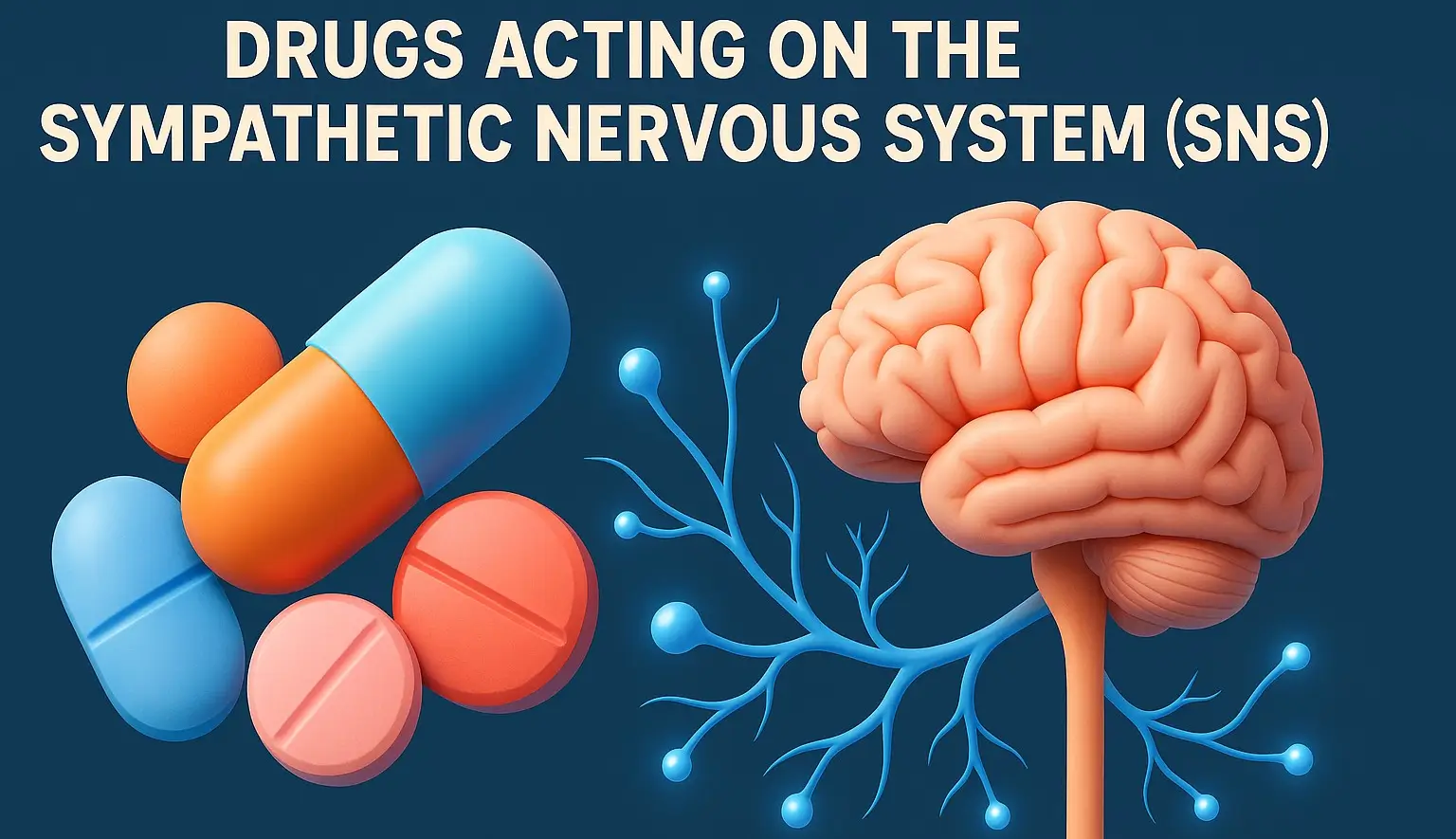Production Facilities and Controls
Production Facilities and Controls requires specially designed cleanrooms, HEPA-filtered air systems, and restricted personnel access to maintain aseptic conditions. Production Facilities and Controls also include rigorous environmental monitoring, validated sterilization processes, and regular maintenance of sterile equipment. Production Facilities: Clean Rooms: Controlled environments with regulated temperature, humidity, and particulate levels to prevent contamination. Laminar Air … Read more

